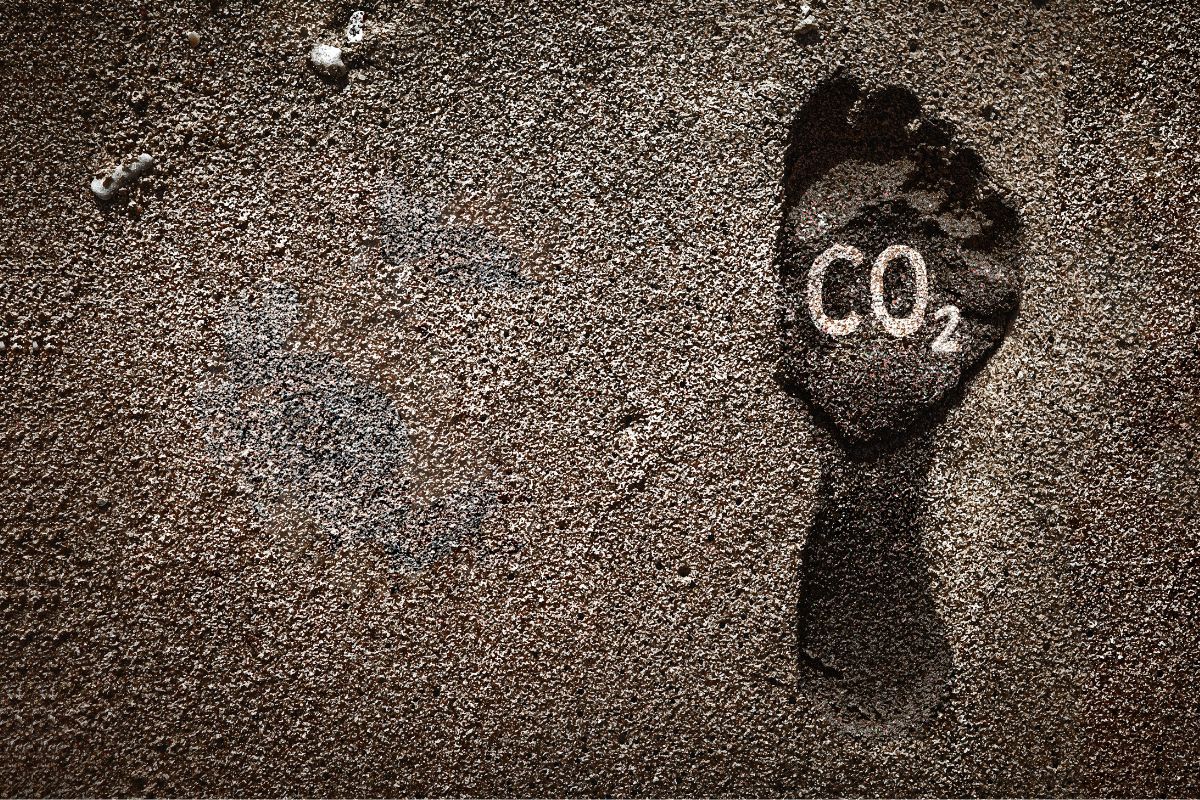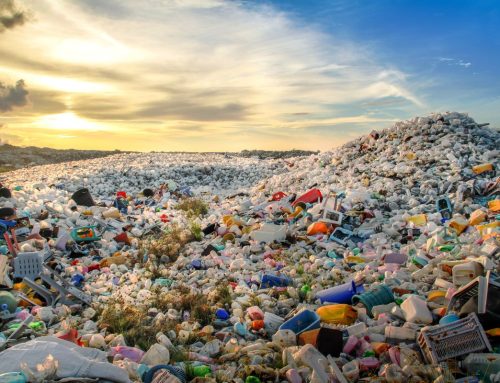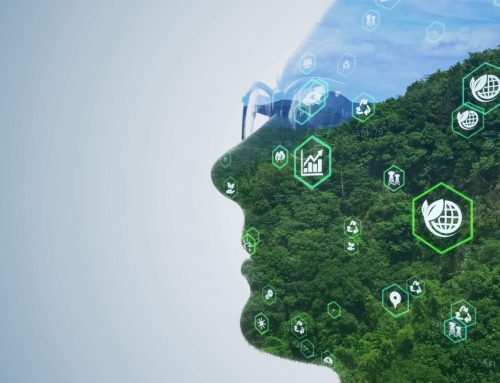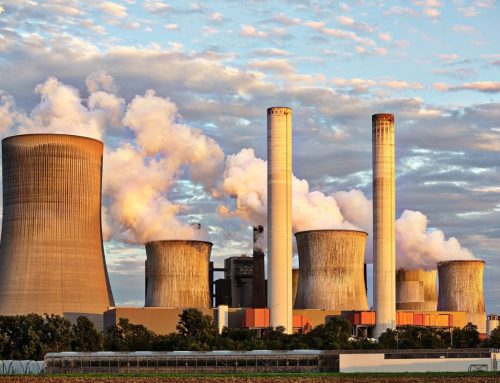What is water footprint
A water footprint refers to the total volume of freshwater that is used directly or indirectly by an individual, business, community, or country throughout the production and consumption of goods and services. It measures the amount of water consumed (both directly and indirectly) and polluted during the entire lifecycle of a product or activity.
There are three components that constitute a water footprint
- Blue Water Footprint: This refers to the volume of surface or groundwater that is consumed or polluted. It includes water withdrawn from freshwater sources for purposes like irrigation, industrial processes, and domestic use.
- Green Water Footprint: This represents the volume of rainwater that evaporates or is transpired by crops during their growth. It relates to the water absorbed by plants from rainfall and soil moisture.
- Grey Water Footprint: This accounts for the amount of freshwater required to dilute pollutants to maintain water quality standards. It measures the volume of water needed to treat and clean pollutants resulting from specific activities or processes.

What can we do?
Reducing our water footprint involves making conscious choices and adopting practices that minimize water consumption and wastage in various aspects of our daily lives. Here are several strategies to reduce your water footprint:
Conserve Water at Home
Fix Leaks Promptly: Regularly check for and repair leaks in faucets, pipes, and toilets. Even small leaks can waste significant amounts of water over time.
Install Water-Efficient Fixtures: Replace old fixtures with water-saving alternatives such as low-flow toilets, aerated faucets, and showerheads. These reduce water usage without compromising functionality.
Shorter Showers and Efficient Practices: Take shorter showers and turn off taps while lathering or brushing teeth. Installing a shower timer or using a bucket to catch excess shower water for reuse can also minimize waste.
Reuse Greywater: Reuse water from activities like dishwashing or laundry for tasks such as watering plants, cleaning, or flushing toilets (where regulations allow). Greywater systems can be installed to facilitate this reuse.
Mindful Landscaping
Drought-Resistant Plants: Choose native or drought-tolerant plants for landscaping, as they require less water to thrive. Mulching garden beds also helps retain soil moisture, reducing the need for frequent watering.
Efficient Irrigation: Utilize efficient watering methods like drip irrigation or soaker hoses that deliver water directly to plant roots, reducing evaporation and runoff.
Reduce Consumption of Water-Intensive Products
Moderate Meat and Dairy Consumption: Animal agriculture tends to be water-intensive. Reducing meat and dairy consumption or opting for plant-based alternatives can significantly reduce your indirect water footprint associated with food.
Mindful Food Choices: Be mindful of food choices and portion sizes to minimize food waste, as discarded food accounts for wasted water resources used in production.
Conscious Shopping and Consumption
Choose Water-Efficient Products: Prioritize products made with sustainable and water-efficient processes. For example, select clothing made from organic cotton or recycled materials, as these generally have lower water footprints.
Consider Water Footprint: Educate yourself about the water footprint of products before purchasing, and choose options that align with water conservation efforts.
Support Water-Saving Initiatives
Community Involvement: Engage in local community initiatives, workshops, or campaigns focused on water conservation. Participating in or supporting these efforts can create broader awareness and inspire collective action.
Reduce Energy Consumption
Energy and Water Connection: Understand that energy generation requires substantial water resources. By reducing energy consumption through efficient use and reliance on renewable sources, you indirectly conserve water.
Advocate for Water Conservation
Support Policies: Advocate for policies and regulations promoting responsible water management. Engaging in community discussions, supporting water-related advocacy groups, or contacting elected representatives can drive positive change.
Implementing these practices contributes not only to reducing personal water footprints but also to broader efforts in sustainable water management, ensuring the preservation and availability of water resources for future generations.
Together we can reduce our water footprint
The concept of a water footprint allows individuals, businesses, and policymakers to understand the hidden or indirect water use embedded in the products they consume or produce. It helps in identifying water-intensive processes, promoting water-efficient practices, and making informed decisions to reduce water consumption and environmental impact.
Calculating and analyzing water footprints contribute to water conservation efforts, sustainable water management, and the promotion of more water-efficient practices across various sectors, including agriculture, industry, and households. It provides insights into the global interconnectedness of water resources, highlighting the need for responsible water use to ensure the sustainable availability of freshwater for present and future generations.
The Boc’n’Roll footprint
The Boc’n’Roll, a reusable sandwich wrap, plays a role in reducing the water footprint primarily by minimizing the use of single-use packaging and consequently reducing water consumption associated with its production and disposal.
Here’s how the Boc’n’Roll contributes to lowering the water footprint
- Reduction of Single-Use Packaging: By offering a reusable alternative to single-use plastic bags, wrappers, or aluminum foil typically used for food packaging, the Boc’n’Roll helps minimize the overall demand for disposable packaging materials.
- Decreased Production Impact: Traditional single-use packaging materials, such as plastic or aluminum, require significant amounts of water during their manufacturing processes. By opting for a reusable solution like the Boc’n’Roll, the cumulative water footprint from repeated production cycles of disposable packaging is reduced.
- Less Waste Generation: Choosing reusable food wraps like the Boc’n’Roll reduces the generation of waste compared to single-use options. Reduced waste accumulation means fewer resources are used for waste management, including water required for recycling or treating discarded packaging.
- Encouragement of Sustainable Practices: Promoting reusable products like the Boc’n’Roll encourages sustainable consumption habits. By using and reusing this eco-friendly food wrap, individuals contribute to lessening their environmental impact, including the water footprint associated with packaging materials.
A good step to reduce our water footprint
While the direct impact of using a Boc’n’Roll on the water footprint might seem small on an individual level, widespread adoption and consistent use of reusable alternatives collectively contribute to significant reductions in water consumption, waste generation, and environmental strain caused by single-use packaging.
Therefore, products like the Boc’n’Roll play a part in fostering a more sustainable approach to consumption, emphasizing the importance of reducing unnecessary waste and conserving valuable resources like water.




